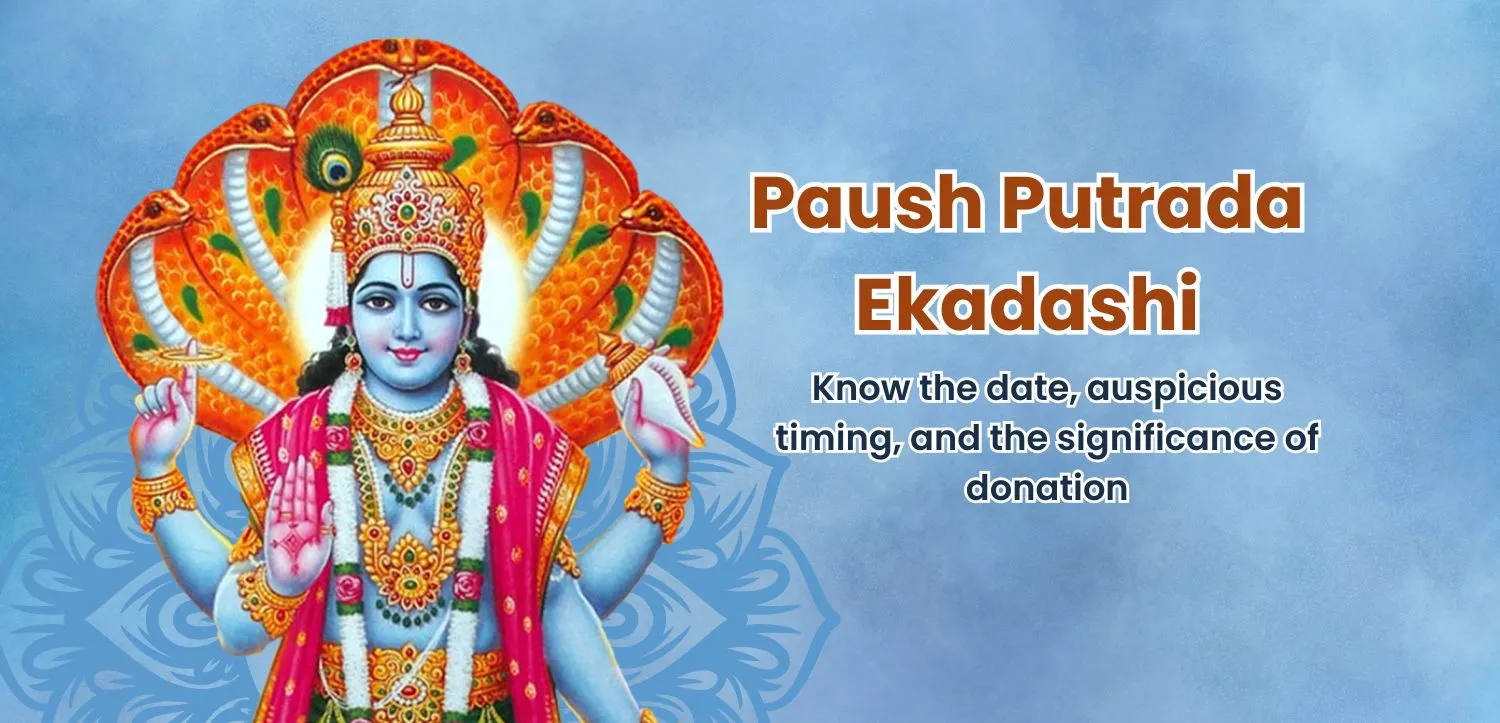The Kumbh Mela is an ancient and revered Hindu tradition with deep spiritual, cultural, and social significance. The origin of the Kumbh Mela lies in a mythical tale from the ancient scriptures, where gods and demons fought for the nectar of immortality (amrita) that spilled from the pot (Kumbh). As per legend, the nectar was accidentally spilled at four places, which are now the locations of the Kumbh Mela. These are Allahabad (Prayagraj), Haridwar, Nashik, and Ujjain, and the Mela rotates among these places every 12 years.
Kumbh Mela, the largest religious gathering in the world, sees millions of devotees gather for a sacred bath in the holy rivers, believing it purifies the soul and brings them closer to moksha (liberation). Among the most important rituals during this event is Shahi Snan — the “Royal Bath,” which occurs on specific, auspicious days.
The social and cultural significance of the Kumbh Mela is immense. It serves as a platform for communal harmony, where people from all walks of life come together, transcending caste, creed, and other social divisions. The Kumbh is also a reflection of the rich heritage and tradition of India, where ancient practices and rituals continue to be followed in modern times.
The Role of Naga Sadhus in Shahi Snan
One of the most striking aspects of the Shahi Snan is the Naga Sadhus—the ascetic, naked monks who take the first bath of the day. But why are they given this honor? The Naga Sadhus, belonging to various akhadas (spiritual sects), hold a revered position within the Kumbh Mela rituals. They are the first to immerse themselves in the holy waters, marking the beginning of the Shahi Snan.
The tradition of Naga Sadhus taking the first dip in the sacred waters has a deep-rooted spiritual connection. It is believed that their intense penance and austerity bring immense power to the ceremony, and their participation in Shahi Snan sets the tone for the rest of the devotees.
The history of Naga Sadhus’ involvement dates back to medieval times when they were tasked with defending the Hindu faith against foreign invasions. Their role in the Kumbh Mela, especially in the Shahi Snan, is not just symbolic but also an embodiment of the strength and resilience of Hindu traditions.
What is Peshwai: The Grand Procession
The Peshwai is a grand procession during the Kumbh Mela, where revered saints and sadhus are honored and paraded through the streets. This procession, marked by elephants and horses, symbolizes respect for spiritual leaders. It showcases the power, faith, and devotion of the devotees. The tradition of Shahi Snan is intricately linked with this procession, where the sadhus, with all their grandeur, take a bath in the sacred rivers at specific times, reinforcing their spiritual prominence.
The Spiritual Benefits of Shahi Snan
Participating in Shahi Snan is believed to offer profound spiritual benefits: awakening divine energy, cleansing past sins, and connecting with the divine. The sacred waters are considered purifying, offering not only physical healing but also spiritual growth.
Key Bathing Dates for Kumbh Mela 2025
The significance of Bathing dates (Shahi Snan) is linked to specific dates, chosen based on astrological and religious calculations to coincide with spiritual potency.
Here are the key dates for Shahi Snan during Kumbh Mela 2025:
- Poush Purnima (January 2025): Poush Purnima marks the start of the Kumbh Mela and the first sacred bath of the event. Devotees believe that taking a dip in the holy waters on this full moon day purifies the body and mind, setting the tone for spiritual growth throughout the festival.
- Makar Sankranti (January 14, 2025): Makar Sankranti is one of the most significant days for Shahi Snan, as the sun enters Capricorn. The celestial shift amplifies the spiritual potency of the bath, making it the most auspicious day for cleansing sins and seeking divine liberation.
- Mauni Amavasya (January 29, 2025): Known for its deep spiritual power, Mauni Amavasya is a new moon day when the divine vibrations at the Triveni Sangam are believed to be at their peak. This is an ideal day for devotees to seek spiritual enlightenment through silence, meditation, and the sacred dip.
- Basant Panchami (February 3, 2025): Dedicated to Goddess Saraswati, Basant Panchami is a day for seeking wisdom, knowledge, and intellectual growth. Devotees, particularly students and scholars, take the Shahi Snan to receive divine blessings for wisdom and prosperity.
- Maghi Purnima (February 12, 2025): On this full moon day, Maghi Purnima is believed to purify souls and wash away sins from previous lifetimes. Devotees seek blessings for health, prosperity, and spiritual growth, with the waters of the sacred rivers offering heightened divine energy.
- Maha Shivaratri (February 26, 2025): Maha Shivaratri is a day devoted to Lord Shiva. The Shahi Snan on this day is believed to purify past sins and align devotees with Lord Shiva’s divine energy, providing spiritual strength and transformation.
For Household Devotees: When Should They Bathe?
Household devotees should bathe after the saints and Naga Sadhus. The bath of the saints is considered the most sacred, and devotees follow in humility.
Shahi Snan during Kumbh Mela 2025 offers an unparalleled spiritual opportunity. By immersing themselves in the holy waters on these key dates, devotees believe they can purify their souls, absolve sins, and move closer to moksha. Whether seeking spiritual growth, wisdom, or divine connection, these auspicious days provide a powerful path to transformation.
The Kumbh Mela, through its rituals and significance, is not just a journey to the holy rivers; it is a journey of the soul toward enlightenment, inner peace, and a deeper understanding of one’s divine nature. It is a time for millions to come together, united in their quest for spiritual awakening and liberation.




